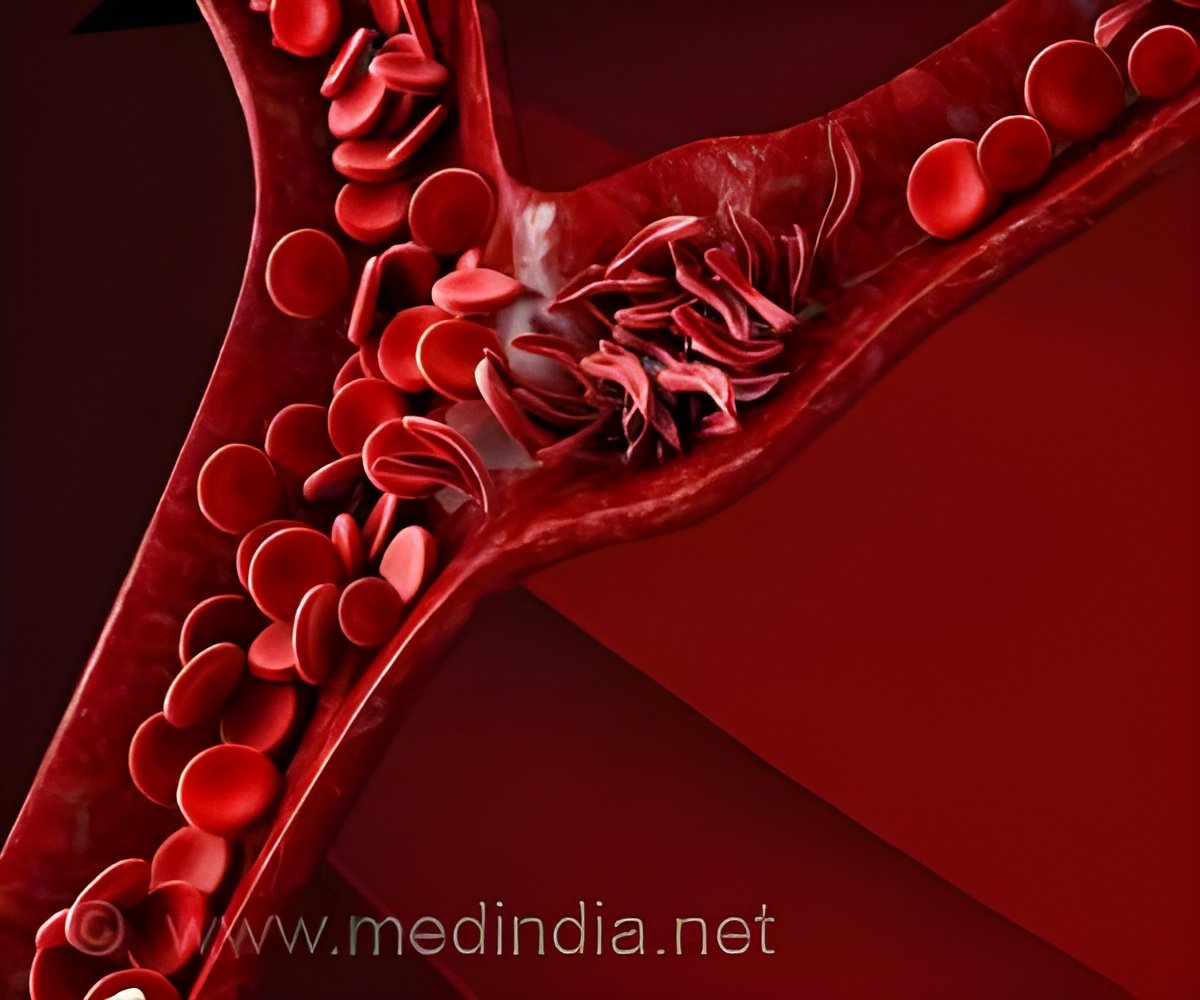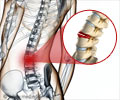Network of blood vessels supplies bones and helps immune cells to quickly reach the sources of inflammation, stated scientists.

‘Although bones are very hard organs, they also have a dense network of blood vessels inside them where the bone marrow is located as well as on the outside that is covered by the periosteum.’





This is why bone fractures often cause serious bleeding. However, new blood cells can also leave the bone marrow via this system of vessels and enter the body. 'As with every organ, bones need a closed bloodstream for these functions. While fresh blood is transported into organs via arteries, veins transport the 'used' blood back out again. The precise structure of this closed bloodstream in long bones was not clear up to now', explains Dr. Anika Grüneboom, Department of Medicine 3 - Rheumatology and Immunology at Universitätsklinikum Erlangen.
Over one thousand blood vessels in some places
The group of researchers have now found thousands of previously unknown blood vessels in the bones of mice that traverse perpendicularly across the entire length of the compact bone, the so-called cortical bone. The researchers have named them 'trans-cortical vessels' (TCVs) for this reason. Furthermore, they were able to demonstrate that the majority of both arterial and venous blood flows through this newly discovered system of vessels. This means that the system is a central component for supplying bones with oxygen and nutrients.
In addition, the researchers discovered that the newly-discovered system of vessels is used by the immune cells in bone marrow to reach the bloodstream. In the case of inflammatory diseases such as arthritis, it is especially important that immune cells reach the source of the inflammation quickly. 'This network of blood vessels in the bone is similar to an underground train system that is able to successfully transport large numbers of passengers quickly and directly through barriers', explains Dr. Grüneboom.
Advertisement
In future, studies are planned to investigate the role of trans-cortical vessels for normal bone remodelling and in conditions such as osteoporosis or tumours that metastasise in bones. The work at FAU was funded by collaborative research centre 1181 as well as the ERC Synergy Grant 4D nanoSCOPE.
Advertisement














